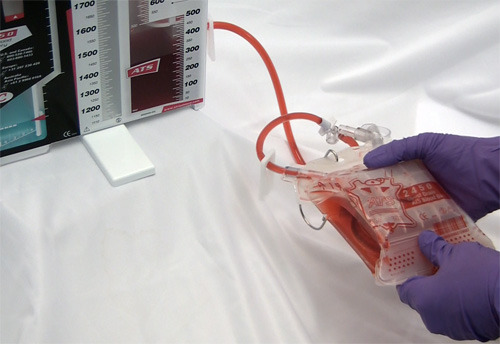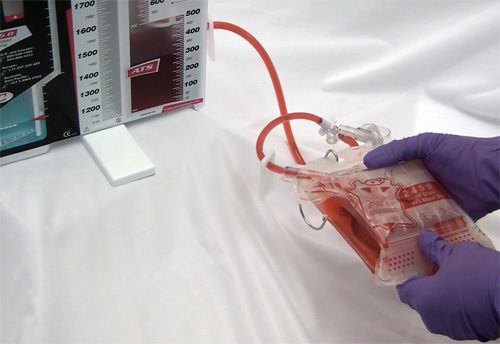Here is the final program for Trauma Education: The Next Generation, presented this Thursday in St. Paul. Click for a printable copy.
Check out the program and faculty at www.tetng.org for more info or to register!
Here is the final program for Trauma Education: The Next Generation, presented this Thursday in St. Paul. Click for a printable copy.
Check out the program and faculty at www.tetng.org for more info or to register!
The August Trauma MedEd Newsletter will be released to subscribers over the weekend. I’ll be covering a potpourri of topics. Articles include:
Anyone on the subscriber list as of 8PM Saturday (CST) will receive it on Sunday,August 31. I’ll release it to everyone else next Friday via the blog. So sign up for early delivery now by clicking here!
Nursing And Initial Resuscitation of the Burn Patient
Here’s another sample video from Trauma Education: The Next Generation 2013. It’s 18 minutes long and deals with nursing issues with airway, resuscitation, pain management, and dressings. Presented by Mark Johnston, one of the burn nurses at Regions Hospital.
Be sure to see this year’s live content next Thursday starting at 8:00am Central Time. Not in St. Paul? Watch it on LiveStream.com!
If you want to see it live in St. Paul, click here to register.
Get more info by clicking here!
You Think You Know … But You Don’t Know!
Some lessons learned about whether you’re really as smart as you think. This 20 minute presentation by me was the keynote at last year’s Trauma Education: The Next Generation conference in St. Paul.
This year’s conference still has spots available for the live presentation. You can stream it free via LiveStream. If you would like to receive continuing education credits, register for the live or streamed performance so we can get your credits to you. Click here to register.
If you don’t need the credit, just tune in next Thursday at 8AM central time on LiveStream.com. For more information, go to www.tetng.org
Autotransfusing blood that has been shed from the chest tube is an easy way to resuscitate trauma patients with significant hemorrhage from the chest. Plus, it’s usually not contaminated from bowel injury and it doesn’t need any fancy equipment to prepare it for infusion.
It looks like fresh whole blood in the collection system. But is it? A prospective study of 22 patients was carried out to answer this question. A blood sample from the collection system of trauma patients with more than 50 cc of blood loss in 4 hours was analyzed for hematology, electrolyte and coagulation profiles.
The authors found that:


Bottom line: Although shed blood from the chest looks like whole blood, it’s missing key coagulation factors and will not clot. Reinfusing it will boost oxygen carrying capacity, but it won’t help with clotting. You may use it as part of your massive transfusion protocol, but don’t forget to give plasma and platelets according to protocol. This also explains why you don’t need to add an anticoagulant to the autotransfusion unit prior to collecting or giving the shed blood!
Related post: Chest tubes and autotransfusion
Reference: Autotransfusion of hemothorax blood in trauma patients: is it the same as fresh whole blood? Am J Surg 202(6):817-822, 2011.